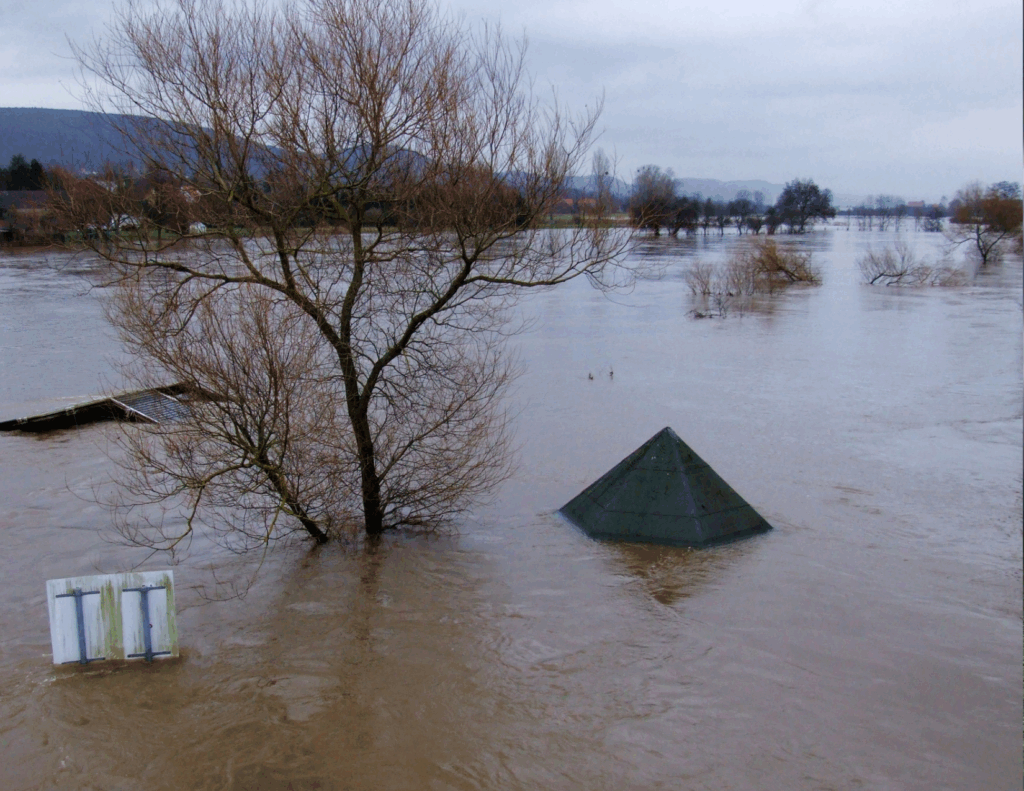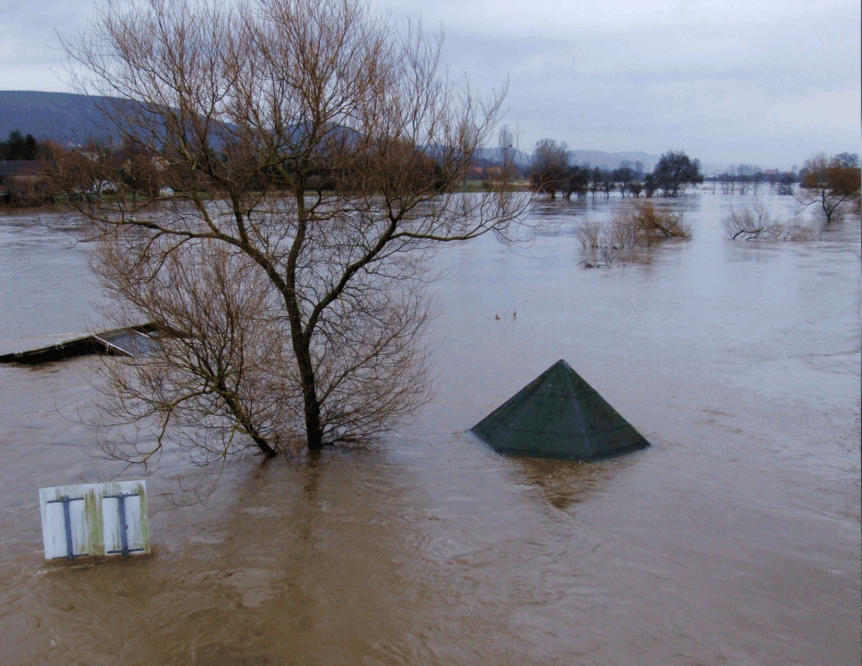When it comes to insurance, location matters more than you might think. Whether you’re purchasing homeowners’ or auto insurance, insurers use a variety of geographic risk factors to determine your premium. Check out our guide below!
Questions? Reach out to one of our knowledgeable insurance agents. We’re eager to set you up with the right coverage and rate!

When it comes to insurance, location matters more than you might think. Whether you’re purchasing homeowners’ or auto insurance, insurers use a variety of geographic risk factors to determine your premium.
What Makes an Area High Risk?
Insurance companies rely on data, trends, and predictive models to assess the likelihood of future claims. Areas labeled as high risk generally demonstrate patterns of high claim frequency or severity. Key risk factors include:
1. Natural Disasters: Regions prone to hurricanes, wildfires, floods, or earthquakes typically face higher premiums. For example, coastal zones may be charged more due to hurricane exposure, while western states may pay more because of wildfire risk.
2. Crime Rates: Neighborhoods with high rates of theft, vandalism, or auto break-ins see increased premiums. This directly impacts both home and auto insurance.
3. Traffic Congestion and Accidents: Urban areas with dense traffic and frequent car accidents are considered high risk for auto insurance, even if you have a clean driving record.
4. Infrastructure and Building Codes: Older areas with outdated infrastructure or lax building codes often have more severe damage during weather events. Modern building codes can mitigate risk, earning homeowners’ potential discounts.
5. Legal Environment: Regions known for high litigation rates or abuse of insurance loopholes can drive up costs for everyone. Lawsuits inflate insurer payouts, which are then passed on to consumers.
What You Can Do If You Live in a High-Risk Area
Even if you live in a high-risk zone, there are proactive steps you can take:
- Improve Home Safety: Installing burglar alarms, fire sprinklers, or storm shutters may reduce your premium.
- Raise Your Deductible: A higher deductible lowers your monthly premium—just ensure you have the savings to cover it.
- Bundle Policies: Combining home and auto insurance can unlock multi-policy discounts.
- Shop Around: Not all insurers assess risk the same way. Compare quotes to find the best value.
- Ask About Mitigation Credits: Some states offer discounts for homes hardened against natural disasters.
Staying informed and working with a trusted insurance agent can help you navigate the complexities of risk and cost.
This article is for informational purposes only. You should not act based on this information without first consulting with your insurance agent; if you would like a quote from a Cornerstone Insurance Agency licensed agent, contact us. We disclaim all liability for actions taken or not taken by you based on the contents of this article which is provided “as is.” Cornerstone makes no representation that this content is error-free.

